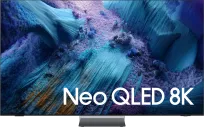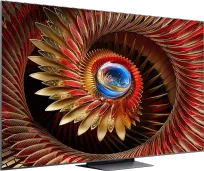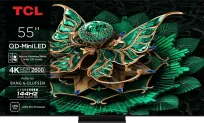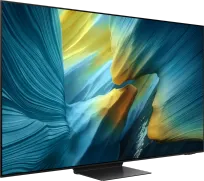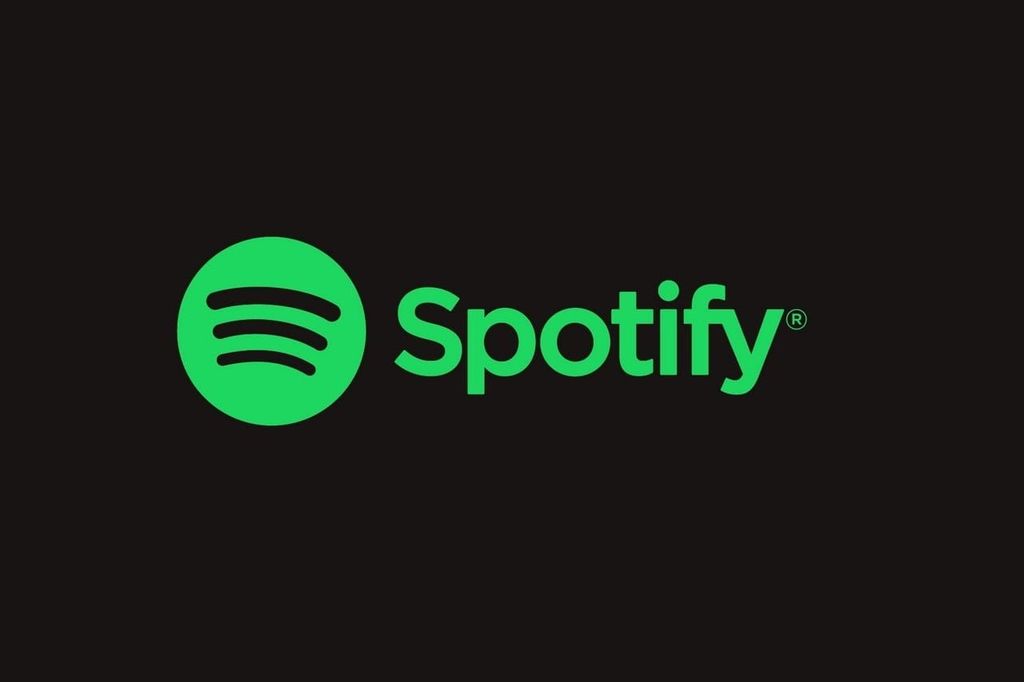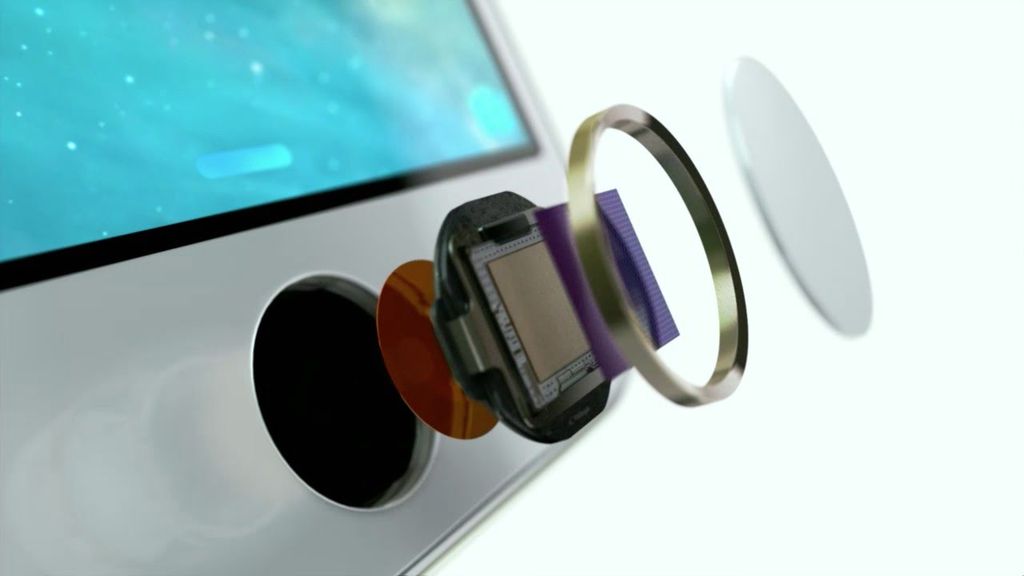
From 1.4 billion to 1 billion – what happened?
According to data published by Microsoft, the Windows system is now installed on over one billion active devices monthly. The company boasts about this number in the context of the upcoming end of support for Windows 10 (14 October 2025). But three years ago, the same company reported 1.4 billion active devices with Windows 10 or 11. This means that in the meantime 400 million users have abandoned Windows – and not without reason does the company avoid speaking about this openly.
Alternatives are Rising: macOS, Linux and Smartphones
Why are users leaving? Some have switched to macOS, which has gained in performance and popularity since Apple transitioned to its own processors (Apple Silicon). According to data from IDC and Canalys, Mac sales have increased, and their global market share now reaches 8.7–10.4%. Other users – including some government institutions, such as the federal state of Schleswig-Holstein, the Danish Ministry of Digitalisation, and French Lyon – are choosing Linux.
But the majority of people are simply stopping using Windows computers in favour of smartphones and tablets. Modern mobile devices are now efficient enough to take over the daily functions of computers – especially among those who do not require specialised software.
Windows 11 faster? Yes, but not entirely fairly
Microsoft claims that Windows 11 operates 2.3 times faster than Windows 10. The problem is that the company did not test the systems on the same devices. Windows 10 was run on older laptops with Intel Core processors from the 6th, 8th, and 10th generations, while tests of Windows 11 were conducted on hardware with the latest Intel Core 12th and 13th generation chips. Such a comparison is difficult to consider valid.
Time is running out, and users are hesitating
Microsoft is likely hoping that before October, many companies will decide to upgrade their systems to Windows 11. However, average users may have difficulty with this, especially if their current hardware does not meet the requirements of the new system. In the age of game streaming, web applications and cloud work, more and more people may come to the conclusion that a Windows computer is no longer necessary for them – and Microsoft may struggle to win them back.
 Katarzyna Petru
Katarzyna Petru